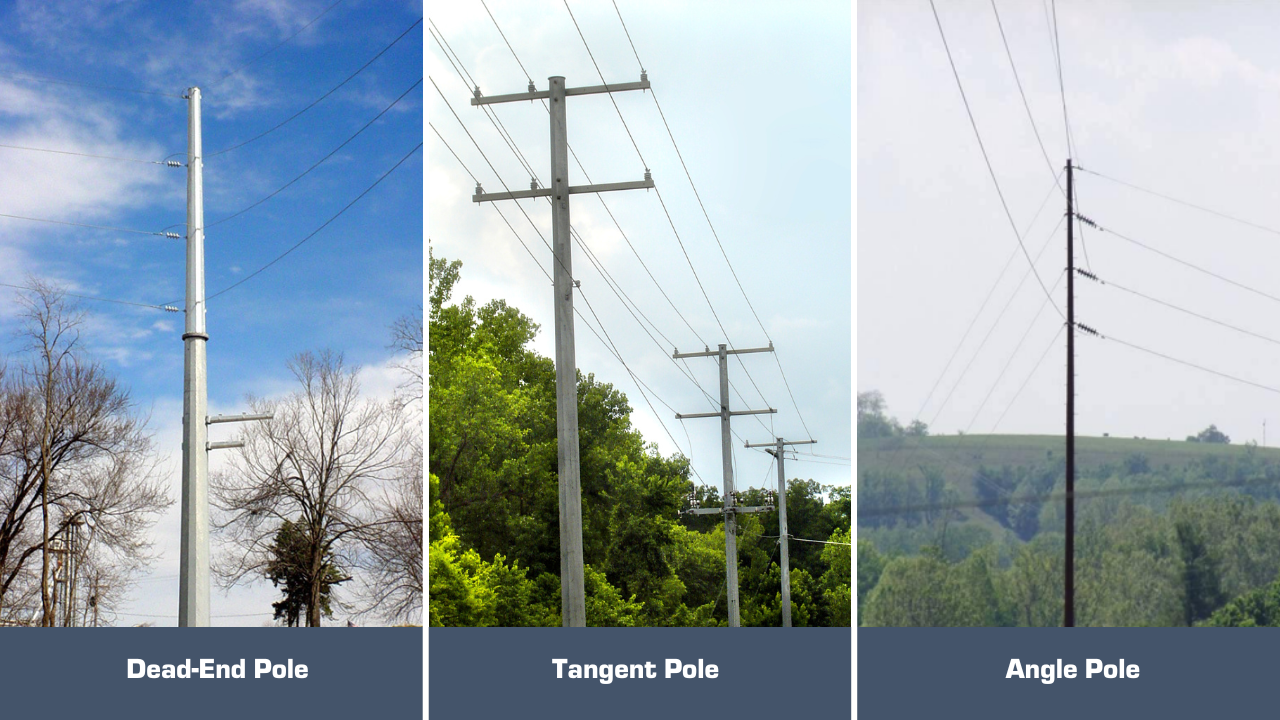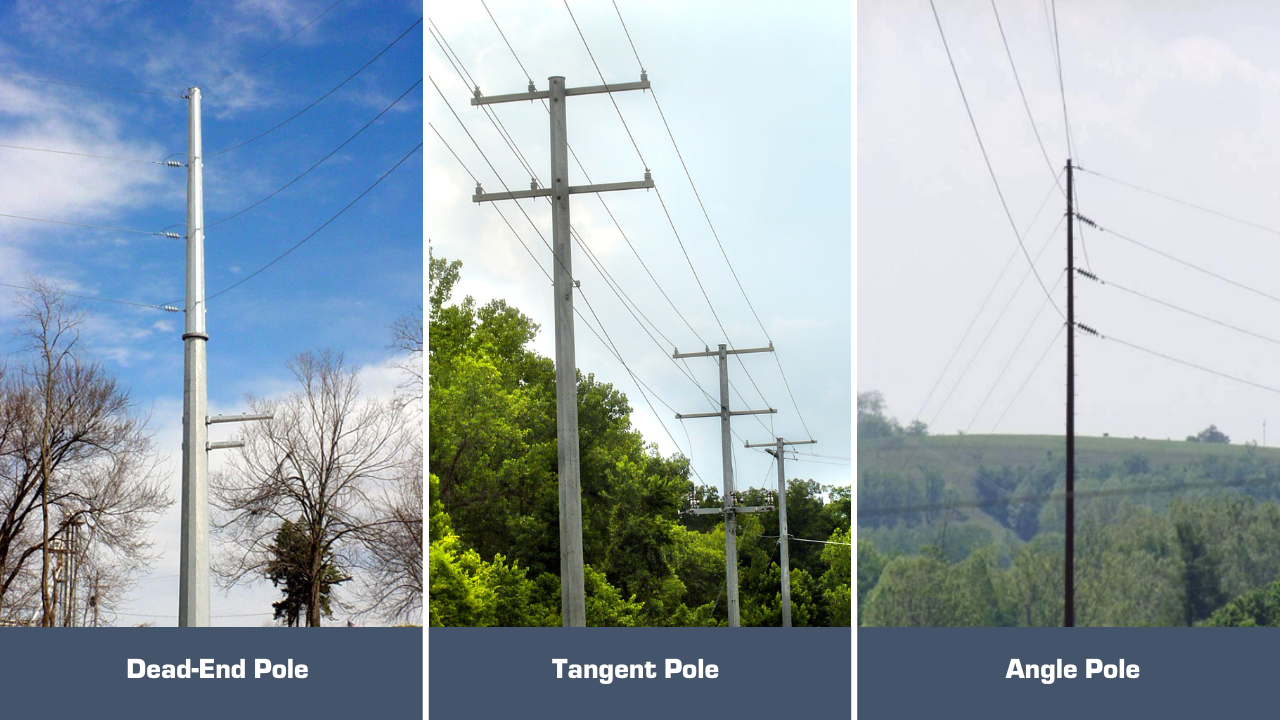Updated August 15, 2023.
Transmission lines are an essential component of the utility infrastructure, providing an interstate-like network for the efficient transmission of electricity over long distances. By transporting electricity at high voltages, these lines minimize energy loss and ensure that power reaches its intended destination reliably and without interruption.
When designing steel transmission structures, tapered tubular poles are a great option to consider. These poles are characterized by their hollow construction, which allows for ease of installation and maintenance. Additionally, they can come in a variety of shapes with multiple sides to accommodate different design needs. The broad base of these poles gradually narrows down as it reaches the top, typically at a rate of .18 to .45 inches per foot. This tapering effect provides added stability to the structure, making it a reliable choice for long-lasting transmission systems.
Although it’s hard to quantify structure types since there are always exceptions to the rules and never-ending configurations, transmission structures can generally be broken down into three types: dead-end, tangent, and angle.

A dead-end structure is a type of power pole where conductors and ground wires are only pulled on one side unless it is a double dead-end structure that terminates on multiple sides of the pole. These structures are designed to handle higher tension and are typically the larger poles used in power transmission lines.
These types of structures are typically used when:
• A transmission line ends
• A transmission line turns at a sharp angle
• At major crossings like highways or rivers
• The line divides into different segments
A tangent structure is where there is little to no line angle. These are typically the smaller poles of the t-line as well as the most populated of the t-line. These are most commonly used when the transmission route is straight.
The last type of transmission structure is an angle structure, which is used when wires come at an angle. These structures support conductors above ground.
And to dig a little deeper, all of these structures can either be guyed or unguyed. A guyed structure provides extra support by fastening a wire from the structure to the ground, whereas an un-guyed structure is self-supporting and can withstand design loads without extra support.
When deciding which type of structure is most economical, as well as best suited for varying conditions, many considerations can influence which to select, such as:
- Terrain type
- Erection techniques
- Electrical constraints
- Access & transport situation
- Procurement & easements
- Structural loading
It's important to partner with a supplier who can not only provide a range of options but who can also tailor those options to fit the unique requirements of the project at hand. By collaborating with a supplier who possesses this level of expertise and flexibility, you can increase the likelihood of achieving your desired outcome and surpassing your expectations. If you need assistance with an upcoming project, you can contact DIS-TRAN Steel HERE.
Want to learn more? Download your copy of Beginners Guide to Substation and Transmission Structures today.

